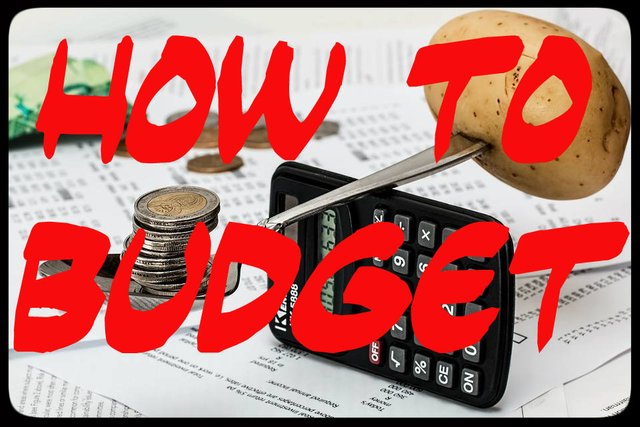
Stop living paycheck to paycheck and stop stressing over money. You can do it, here is how to start.
The first step on the road to a better financial future is learning how to budget. This means to know how much money you are making, then track your expenses to see where your money is going. There is an old saying “What gets measured get managed.” If you don’t manage your money, your money will manage you. It’s not a good way to live, trust me.
Once you know that buying an $8 lunch every day you work is costing you around $160 a month, you might be motivated to reduce that expense by brown bagging it instead. If you are making $6,000 a month, that $160 for lunch might be an acceptable cost for the convenience it provides. If you are making $2,000 a month, that $160 has a good chance of being an expense that needs to stop right away.
The human mind has a tendency to see a few dollars here and there as no big deal. When you start to track your expenses you will see that these small numbers add up quick! In my opinion, the lower your income, the more important it is to track where each dollar is going. This is because every dollar of a lower income is a larger percentage of your monetary power.
Since ‘budget’ seems like a dirty word to many people, I am going to call this a financial plan. Remember, we are planning our money so that our future self will benefit – A plan for a better future.
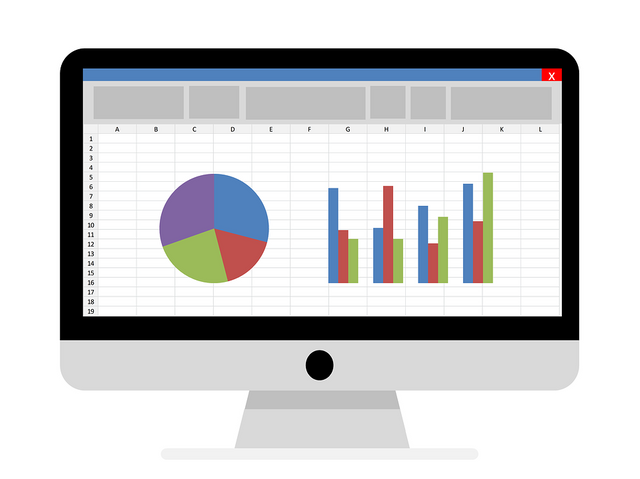
Step 1: Decide how to track your financial plan
The very first step of a financial plan is choosing what you are going to consolidate all these numbers on. Programs to use are software such as an excel spreadsheet, a purpose made financial planning software, or an online website such as Mint or PersonalCapital.When I first started my budget, I used a software program called You Need A Budget - or YNAB for short. It is a highly rated piece of software that allows you to ‘give every dollar a job.’ While you can import your financial data if your bank offers the information in QFX, OFX, QIF, or CSV, I find it a pain to do so and just entered my numbers manually.
I found that manually entering my expenses each day to be a huge benefit. It kept me closer and more aware of my money, and sometimes I found myself not purchasing an item because I didn’t want to have to enter that expense into my financial plan.
After using YNAB for four months of close personal money tracking before moving on to using Mint.com. I found the experience well worth the price of the software and recommend it to anyone just starting out.
If you have no money to spare to purchase YNAB, you can use excel. There are many free excel spreadsheets that people have created to start you off. If you don't have excel, Apache OpenOffice has a free clone with many of the same features.
I then moved on to using Mint.com as my money tracking choice. I linked all my bank accounts, credit cards, loans, and investments to it and it automatically assigned it to certain expense categories. Sometimes I would have to go in an edit a transaction to place it in the correct category, but it isn’t hard to do so. Mint allows you to set spending categories such as Mortgage & Rent, Groceries, Restaurants, Shopping, Utilities, Gas & fuel, Entertainment, and many more – or create a custom expense.
I used Mint.com as my financial planning website until I paid off all my debts except for my mortgage. Now I use PersonalCapital, but they are more investment tracking than anything else, so I don’t recommend using them until you are more focused on investing over paying off debt.
One thing to keep in mind is that by using Mint or PersonalCapital you are giving them access to your passwords and financial data. Having your password stolen is one thing that could possibly happen, the other is since it is a free service for you – YOU are the commodity they sell.

Step 2: Gather your income and expenses
Once you decide what you are going to track your finances with, it’s time to enter your income and start listing your expenses in each category. Every single purchase or expense must be accounted for. This is your initial financial assessment, and is usually an eye opener for most people. Don’t stress out too badly if your expenses are more than your income, this is why we are making a financial plan in the first place.Enter your monthly income from all sources, so your main job and any second job or side hustle that earns you some cash. If your monthly income fluctuates, enter a rounded down average – it’s always better to estimate low on the income and high on the expenses. I enter my income after tax, as it is automatically taken out of my paycheck before I can touch it.
Now list all the categories you spend money in, and how much they cost per month. Common categories are:
Savings – Pay yourself first!
- Mortgage/Rent
- Groceries
- Debt Payments – (car, personal or student loans)
- Credit Card Payments – (if you carry a balance list the minimum payment here for now, you will attack this expense soon)
- Utilities
- Restaurants
- Clothing/Shopping
- Fuel for Car
- Entertainment
- Internet/Cable
- Phone Bill
- Insurance
For bills that fluctuate every month, like electricity or water, check your bill history (it will be on the company website) and put a high average amount in the category. My electric company has a plan that will average out your bill for you, so you might want to ask about that.
For things such as cleaning supplies and toilet paper I just put that into the ‘groceries’ category. You can do this like I do, or make a category called ‘household supplies.’
You will also need to plan for known or expected spending events like Christmas, your insurance that might be due every six months, or even house or car repairs. You should make a category for these events and put aside money each month for these purposes.
If you don’t know how much you spend in each category, that’s ok. You will adjust it as you obtain more data. Start entering every single transaction into your financial plan, every transaction, no matter how small. Do this for a month so as to get a full picture of what is happening to your money.
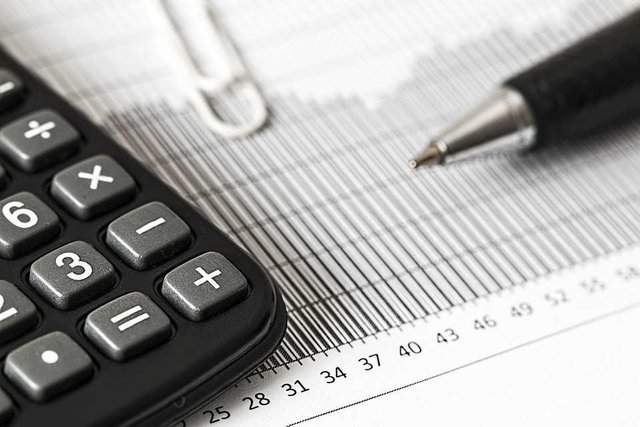
Step 3: Analyze where your money is being spent
At the end of the month you want to see that you still have unspent money. These funds will be used to tackle your debts, but we can add more to it. However, if you spent more than you made it is time to face facts that this is will lead to disaster. Don’t be upset though, nearly everyone has been or is in this position. You can overcome any problem if you put an effort towards it, and you are doing that by creating and following a financial plan.Look over your expense and separate them into ‘wants’ and ‘needs’ – be honest. You need to eat, but you don’t need to buy lunch from a restaurant, you can prepare lunch at home and bring it to work for way less.
Needs are something you must have to survive. Food, water, shelter and some clothing (this does not mean designer clothes) are our most basic needs. Near needs are things that we constantly use in the modern world. Electricity and transportation come to mind. Again, your car could probably be cheaper – some people even sell their car and ride the bus or a bicycle around.
Wants are things that you would like to have. Yes, your phone and internet are wants – you will not die without them. They are the some of the first wants that I pay for, but I shop around for the best value.
If after this first month you realize that you have been spending WAY more than you thought, the financial plan is working! This is normal, little expenses have a way of running amok. It is time to spend your money with a purpose, no longer without thought.
A common thought for how much you should be spending is called the 50/30/20 rule. This means that 50% of your (after tax) income goes towards your needs, 30% towards your wants, and 20% towards paying off debt and/or investing.
Spending more than your planned in any category is going to happen, so don’t stress out. What you need to do is adjust another category to ‘make up’ for the overspending. Say you spend $30 extra on groceries because there was a great deal on something non-perishable so you stocked up. This is a smart thing to do if you are able. If you overspend you can either reduce your spending in another category for the month, or spend less in that category next month. It will even out given time.

Step 4: Cut and trim your expenses – but leave room for fun too
You need to identify areas that you can spend less on. Instead of eating out every weekend, try to cut back to every other weekend or once a month. Instead of paying over $100 for cable TV, use Netflix, Hulu, Amazon, or some other cheaper service. Yes you lose channels, but humans are adaptable and soon you will barely notice the change – except to your bottom line! I cut cable years ago and don’t miss it one bit.First look in the wants category to reduce your expenses as it is the easiest area to cut back in, but you can trim the fat in the needs too. If you live alone in a two bedroom apartment, think about cutting back to a one bedroom place (but it can cost a lot up front to move) or get a roommate to increase your income. I pay $60(+tax) per month for two smartphone plans, but as recently as 2012 I paid around $120 a month for ONE phone on Verizon - and I barely notice a difference in service.
When you buy groceries, buy less snacks or convenience foods and more that will leave you feeling full for longer. The New York Daily News has a good article on grocery shopping when you are broke.
Remember you are not giving up these things, rather you are buying yourself a better future. It’s ok to spend some money on fun nights out or trips, but you need to do so without going into debt. By trimming and substituting you can ensure that there will be money set aside for you to have fun along the road to a life free of financial stress.
Embrace frugality. Being frugal is not being cheap. Instead of going to the movies, watch an old movie at home or a friend’s house instead. Instead of going to a restaurant for lunch, try having a picnic in the park. By saving money in these ways, when an opportunity comes up that you really want to have you will be able to afford it. By substituting mediocre times with a free or cheaper equivalent, those really amazing times will be even better!
Be sure to review your expenses in depth at least once a month. Adjust as needed. If you were too unrealistic in one area, give it more money and reduce elsewhere.
If you can’t make the numbers work, you might have to find ways to bring in more income. Not only does another job or a side gig bring in extra money, it keeps you occupied so you don’t spend what you do have.
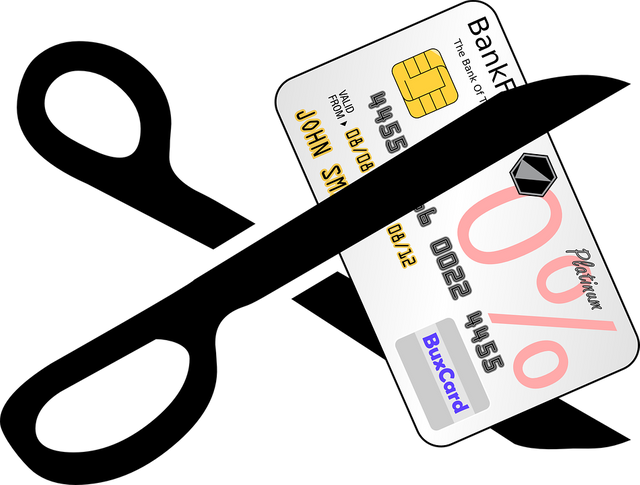
Step 5: Destroy your debt
Now it has been a couple months since you started on your financial plan. You know where your money is going and you have cut back and trimmed unnecessary expenses until you have a positive cash flow every month. You may have even found a way to earn extra money on the side. Good work! Now it is time to just destroy that debt that is hanging over you like a dark cloud.Firstly though, we will follow Dave Ramsey’s advice and save around $1000-1500 in an emergency fund. This is a buffer fund to provide access to money when you really need it – an emergency and only an emergency. Put this money in a separate account or even a different bank so it is harder to get at.
There are two popular ways to organize your plan of attacking your debt:
The Debt Avalanche way: List your debts from highest interest rate to lowest. Pay the most you can towards the one with the highest rate while making the minimum payments on the others. When you pay off a debt, move on to the next. This method saves you the most money.
The Debt Snowball: Created by Dave Ramsey, this way realizes that paying off debts is 80% psychological. You list your debts from lowest balances to highest. Pay off the smallest debt first while making minimum payments on the rest, and continue onto the next as they get paid off. By paying off the smallest you give yourself a mental boost by seeing the debt completely vanish. If you have trouble paying off debts, this might be the way to keep you going.
Attack all your debts until you only have a mortgage left. Save up a large emergency fund that will pay for at least four months of expenses if you lose your income. If you rent but want to purchase a property, now you can save up a down payment. If you want to pay off the mortgage, do so. Otherwise increase your investments.
It is so much easier and less stressful when you have no debt! It doesn't have to take very long either. Even people with tons of debt have been able to pay off everything up to the house in under 3 years.
The hardest thing about a financial plan is sticking to it! If you fall off the path, imagine your future life. You have a huge surplus of cash each month and no debt. This will happen if you stick to the plan! You just have to want it.
If you have any questions, or have something to add - leave a comment below!
Check out my website for more tips and to follow me on my journey towards financial independence.
Hello @getonthetrain,
Congratulations! Your post has been chosen by the communities of SteemTrail as one of our top picks today.
Also, as a selection for being a top pick today, you have been awarded a TRAIL token for your participation on our innovative platform...STEEM.
Please visit SteemTrail to get instructions on how to claim your TRAIL token today.
If you wish to learn more about receiving additional TRAIL tokens and SteemTrail, stop by and chat with us.
Happy TRAIL!
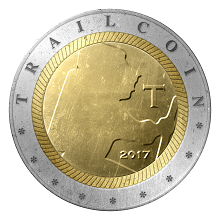
Downvoting a post can decrease pending rewards and make it less visible. Common reasons:
Submit
Wow! Thanks @steemtrail :D
Downvoting a post can decrease pending rewards and make it less visible. Common reasons:
Submit
Thank you, this is a very interesting and very informative reading.
do you have any online software's that are recommended for analysis, budget planning?
I have a lot of expanses lately due to my wedding event I have soon.
So a software to analyze my spending, budget and more can be very helpful.
I'm in to the event planning software because lately I started to plan my own wedding seating chart.
Downvoting a post can decrease pending rewards and make it less visible. Common reasons:
Submit
I recommend using Mint.com for those trying to get out of debt and keep spending under control. Just link your accounts, set your budget for each category, and let the site automate the math.
If you want to be more hands-on, use YNAB (You Need A Budget), as that is perfect for those that want to be more involved but requires you to enter all your expenses manually.
Downvoting a post can decrease pending rewards and make it less visible. Common reasons:
Submit
This post has been ranked within the top 10 most undervalued posts in the second half of Jan 14. We estimate that this post is undervalued by $22.00 as compared to a scenario in which every voter had an equal say.
See the full rankings and details in The Daily Tribune: Jan 14 - Part II. You can also read about some of our methodology, data analysis and technical details in our initial post.
If you are the author and would prefer not to receive these comments, simply reply "Stop" to this comment.
Downvoting a post can decrease pending rewards and make it less visible. Common reasons:
Submit
More sound financial advice from the Steemit master that is @getonthetrain!
Downvoting a post can decrease pending rewards and make it less visible. Common reasons:
Submit
Thank you @ezzy :D
Downvoting a post can decrease pending rewards and make it less visible. Common reasons:
Submit
I got here late, But I LOVE THIS! Following. THank you
Downvoting a post can decrease pending rewards and make it less visible. Common reasons:
Submit
Better late than never, right? :D
Downvoting a post can decrease pending rewards and make it less visible. Common reasons:
Submit
It is good to see this out there financial guidance is important because at some point we all lose sight of it
Downvoting a post can decrease pending rewards and make it less visible. Common reasons:
Submit
Hey @refsland, thanks for the comment. Yea, I feel that if you are complaining about money issues and you aren't currently budgeting then you need to. By making a plan you can see where you are overspending and cut back. Visually seeing the progress over past months helps out a lot. You know it is working.
Downvoting a post can decrease pending rewards and make it less visible. Common reasons:
Submit
Good article! I think there's enough people out there who could really use tips like these. Too many people think way too easily of loaning money when they can't actually afford it.
Downvoting a post can decrease pending rewards and make it less visible. Common reasons:
Submit
Thanks! Yea, this type of post isn't quite the best for a random read but I put it on here for posterity. If nobody follows it today, maybe someone will find it of use in the future. Anyways, its on the blockchain now.
Downvoting a post can decrease pending rewards and make it less visible. Common reasons:
Submit